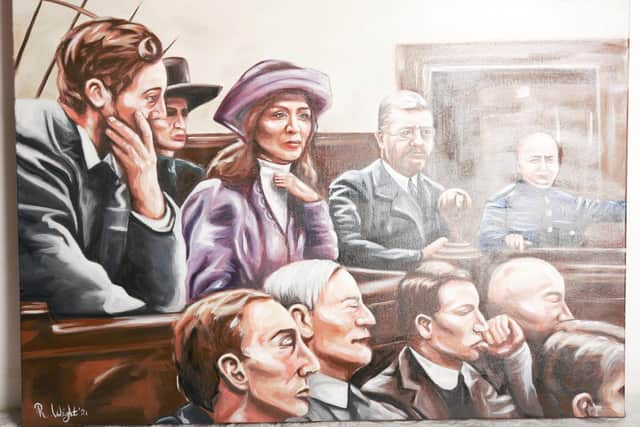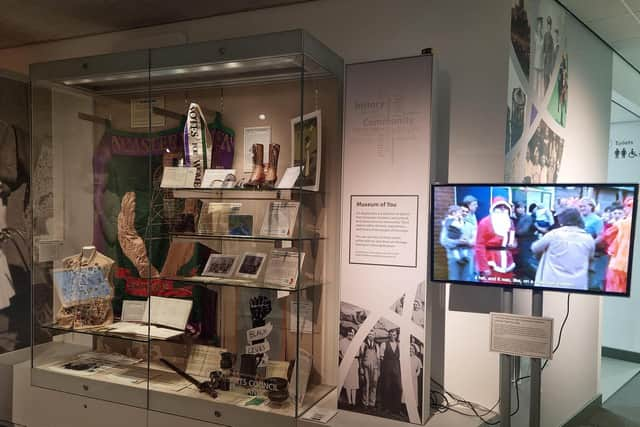Doncaster Museum exhibition celebrates stories of people under-represented in history
A new exhibition at Doncaster Museum is exploring the lesser known stories of local history and bringing them to wider attention, thanks to the work of a team of volunteer historians.
Changing the Record, a takeover installation which runs through the museum and art gallery, is the culmination of research undertaken by the first cohort of a programme initiated by Heritage Doncaster with the aim of correcting the record by sharing the stories of those who are often missing from the historical landscape.
Advertisement
Hide AdAdvertisement
Hide Ad“There are some groups of people who are particularly under-represented within the historical record,” says programme manager Victoria Ryves. “They include women, people of colour, people with disabilities or the LGBTQ+ community and we wanted to write those local people back into the history books.”


They assembled a group of nine researchers to work with them and the exhibition, a year in the making, is the result of their collaboration. “The whole idea of the programme was that the research wouldn’t be done by academics or historians but by members of the community,” says Ryves.
“They began their research in the midst of lockdown last year and they were unable to do their research by physically going into the archives. I thought it might be limiting for them but actually it has turned out to be quite the opposite.” The researchers selected a period of history or a theme in which they had a particular interest and which they considered had not been given the space in history it deserved.
“A lot of the researchers chose to look at areas where they felt a connection and many of them had lived experience that they could bring to some of the narratives,” says Ryves. “For the museum there have been some really exciting discoveries and we have been able to add to our collection which we were not necessarily expecting. One of the researchers looked at the Women Against Pit Closures movement in Doncaster. She talked to some of the women involved and we have got some incredible loans for the museum.”
Advertisement
Hide AdAdvertisement
Hide AdOther finds uncovered by members of the team include a letter written to Harriet Wrightson of Cusworth Hall near Doncaster – a woman ahead of her time who in 1816 travelled around Europe where she walked, sailed and climbed mountains; and the discovery of fearless suffragette Lillian Lenton’s connection with Doncaster, where she was arrested in 1913 for arson – the exhibition features a painting of her in the dock at Leeds Assizes.


New information has also come to light about the significant role that people of colour have played in South Yorkshire’s history, for centuries longer than previously thought; plus an investigation into witchcraft that reveals evidence of the bullying and ostracisation of single women in the 1600s. A tender gay love story is also highlighted in the relationship between the artist Albert Wainwright, a contemporary of Henry Moore, and his model Otto Jüberman.
“Each of the researchers in their own way has uncovered something we didn’t know about before and that adds to the great tapestry of Doncaster’s rich history,” says Ryves. “We hope the exhibition will prompt people to perhaps reconsider who history is about and who it is for.”
At Doncaster Museum until June 30. For details on how to get involved in the programme visit heritageconcaster.org.uk